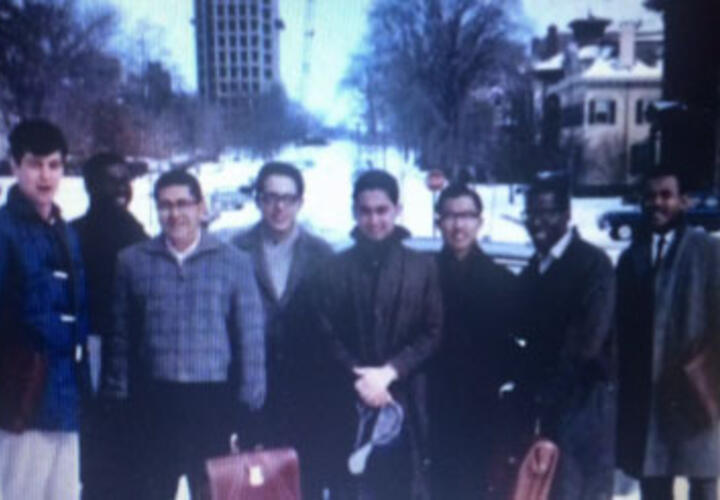Person
… Naomi R. Lamoreaux is Stanley B. Resor Professor Emeritus of Economics … the Journal of Economic History from 1992 to 1996. Lamoreaux has served as Pitt Professor of American History … Stanley B. Resor Professor of Economics & History Naomi Lamoreaux … Naomi Lamoreaux Stanley B. Resor Professor …
Relevance: 40.67489







